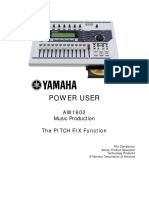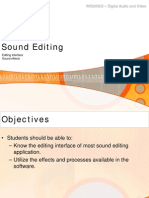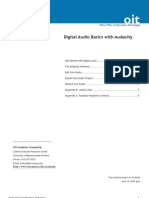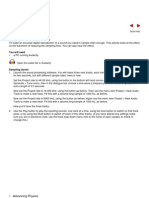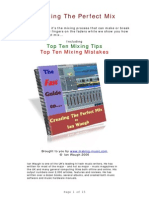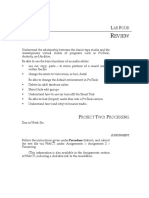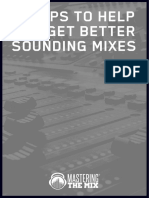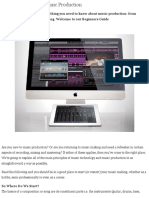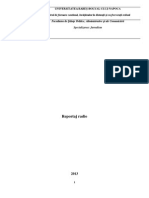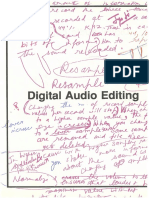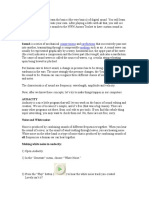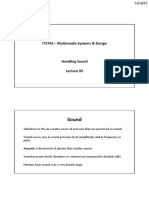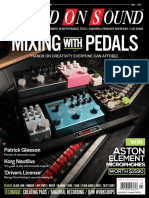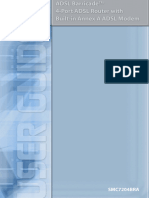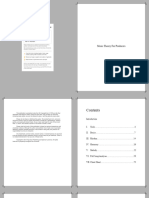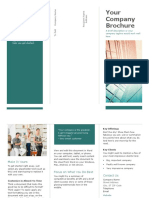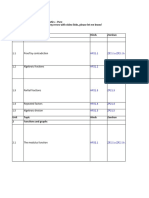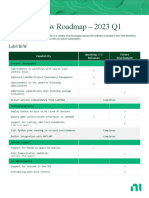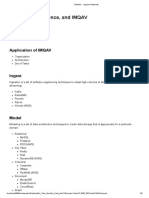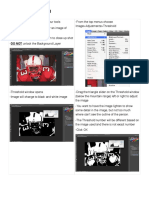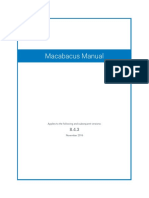0% found this document useful (0 votes)
31 views7 pagesTutorial - Audio Editing Masterclass
The document discusses digital audio editing techniques that can be used to repair mistakes in audio recordings. It provides examples of using pitch shifting to fix off-key notes in a vocal recording and copying sections of waveforms to replace incorrectly sung words.
Uploaded by
xamalikCopyright
© © All Rights Reserved
We take content rights seriously. If you suspect this is your content, claim it here.
Available Formats
Download as PDF, TXT or read online on Scribd
0% found this document useful (0 votes)
31 views7 pagesTutorial - Audio Editing Masterclass
The document discusses digital audio editing techniques that can be used to repair mistakes in audio recordings. It provides examples of using pitch shifting to fix off-key notes in a vocal recording and copying sections of waveforms to replace incorrectly sung words.
Uploaded by
xamalikCopyright
© © All Rights Reserved
We take content rights seriously. If you suspect this is your content, claim it here.
Available Formats
Download as PDF, TXT or read online on Scribd
/ 7








